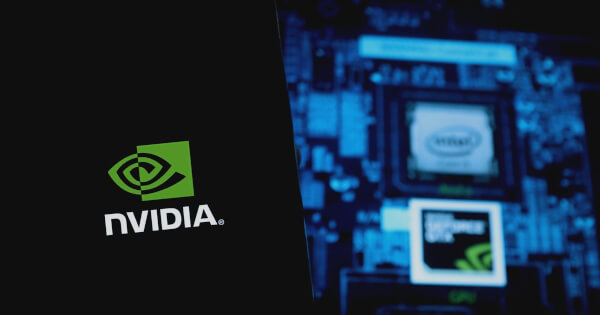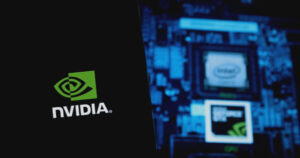Revolutionizing Antibiotic Discovery with AI and Molecular De-Extinction
Jessie A Ellis
Jul 25, 2024 01:48

In a groundbreaking move, researchers are utilizing artificial intelligence (AI) to resurrect DNA from extinct species in a process known as molecular de-extinction. This cutting-edge technique is poised to revolutionize antibiotic discovery by combating drug-resistant pathogens, as reported by NVIDIA Technical Blog.
Addressing the Global Antibiotic Crisis
With over 1.25 million deaths annually attributed to drug-resistant infections, the urgency to find novel solutions has never been greater. The World Health Organization (WHO) projects that by 2050, this number could skyrocket to 10 million, highlighting the critical need for innovation in the field of antibiotics. Furthermore, the economic burden of treating infectious diseases could plunge millions into extreme poverty within the next six years.
AI-Powered Molecular De-Extinction
Dr. Cesar de la Fuente, a leading researcher at the University of Pennsylvania, is spearheading the use of AI in molecular de-extinction to unlock ancient biological secrets that could hold the key to defeating modern-day microbial threats. Published in Nature Biomedical Engineering in June 2024, this pioneering work aims to bring back molecules from extinct species to address present-day challenges.
By employing a cluster of NVIDIA A100 GPUs, Dr. de la Fuente’s team has trained deep learning models to analyze the proteomes of extinct and extant species. Their hypothesis revolves around the idea that ancient genomes may contain antimicrobial defenses capable of combating drug-resistant pathogens.
The Power of AI in Antibiotic Discovery
Through the development of 40 variants of deep learning models called APEX, the researchers have unearthed over 37,000 peptide sequences with antimicrobial potential, with 11,000 of them being entirely novel. These peptides were synthesized and tested in laboratory experiments, showing promising results in combating bacterial infections.
One of the standout discoveries was mylodonin-2, an experimental antibiotic derived from giant sloths, which exhibited significant efficacy in treating bacterial pathogens in mice. The success of these ancient peptides underscores the untapped potential of leveraging AI and molecular de-extinction in antibiotic discovery.
Future Implications and Commercialization
Dr. de la Fuente envisions a future where generative AI transforms the landscape of drug discovery, significantly reducing both time and cost associated with developing new antibacterial compounds. With the establishment of a company to commercialize these groundbreaking discoveries, the Machine Biology Group continues to forge ahead in exploring novel antimicrobial peptides using their APEX models.
Their work, which is open source and available on GitHub, represents a paradigm shift in the fight against antimicrobial resistance. By merging AI with molecular de-extinction, the possibilities for innovative antibiotic discovery are limitless, offering hope in the global battle against infectious diseases.
For a more in-depth understanding of this groundbreaking research, readers are encouraged to explore the Nature paper and other publications from Dr. de la Fuente’s lab.
Image source: Shutterstock

